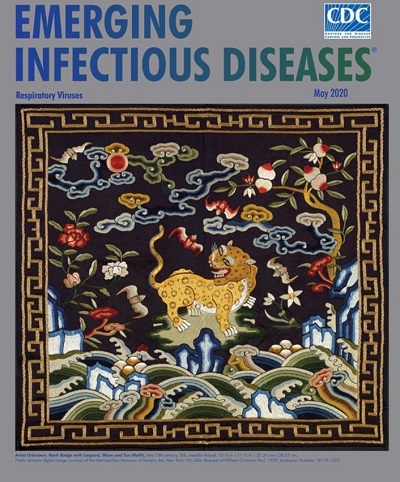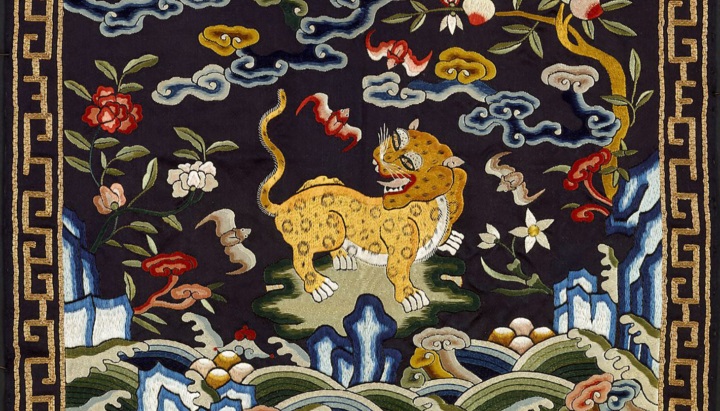Being so deeply embedded in the Europeana ecosystem, PAGODE – Europeana China fully embraces the advocacy towards more open access content to be made available online in repositories like Europeana. The effort of cultural heritage institutions in showcasing their gems in digital format goes hand in hand with their mission of sharing this cultural heritage at large, for the benefit and enjoyment of the entire community.
Also, the general trend in Europe about digitization of cultural heritage and associated rights comes from a lenghty discussion that is continuing for years: does the digitization action add new rights to the digitized object? Despite there is not a general consensus on this, the direction is on maintaining the rights status of the physical object also in the digital instance, and specifically this means that if an artwork is in Public Domain because of copyright’s expiration, also the digital reproduction should be labelled as “Public Domain”.
Irrespectively of the associated rights, however, there is always a problem of possible misuse for this content that is available online and easily downloadable. And while in our minds there is this idea of the “evil” user who breaks copyright on purpose, and stoles the images to e.g. make unlawful money out of them, the problem on the control of what happens to the online content is much deeper.

An example of this, that particularly catched the attention of PAGODE – Europeana China because it relates to a Chinese cultural heritage item, has recently come to the stage: a beautiful image of a Chinese embroidered cloth (a so-called rank-badge) depicting a leopard, in PD from the Metropolitan Museum of Arts, was recently used to illustrate the cover page of the Centers for Disease Control and Prevention (CDC) Journal, titled “Emerging infectious diseases”.
The Journal and CDC were immediately flooded with expressions of outrage and concern of many from the Asian-American community and beyond, at the inappropriate use of a Chinese work of art on the cover and tweet-posting of a journal issue devoted to scholarly articles on COVID-19 and other respiratory infections.
The power of imaging should not be underestimated, as the choice of this image in such a context may suggest an emphasis on animals in China as carriers of the disease, resulting in an unvoluntary but certainly irresponsible example of using a PD digital item. The sensitivity about associating the COVID-19 crisis straightforward with China is clearly understandable, especially in America in this moment of xenophobia concerns and protests; but the explaination of CDC cuts short, by stating this is all a misunderstanding, and simply confirming that the image was chosen just for decorative purposes, being a striking piece of art – as indeed it is. At the moment, no reaction is known from the Metropolitan Museum of Arts as the content holder of the misused digital image.
The entire story is deepened in an interesting article by Hyperallergic magazine.
But the question about protection against digital content misuses is still very open. It is not always a matter of whom makes money out of the content, but more of what happens to the content once it is freely available for “any” purpose.
While advocating the open access approach, we really must think that the content holder completely loses any control and responsibility on the reuse of this content, and on the possible consequences that may arise. This is one of the many reasons for which some archives still have doubts about embracing the open access tout-court, especially when they deal with potentially-sensitive content.
image: Rank Badge with Leopard, Wave and Sun Motifs, China, Qing dynasty (1644–1911), late 18th century, silk and metallic thread, Metropolitan Museum of Art, 30.75.1025
PAGODE – Europeana China is co-financed by the Connecting Europe Facility Programme of the European Union, under GA n. INEA/CEF/ICT/A2019/1931839

